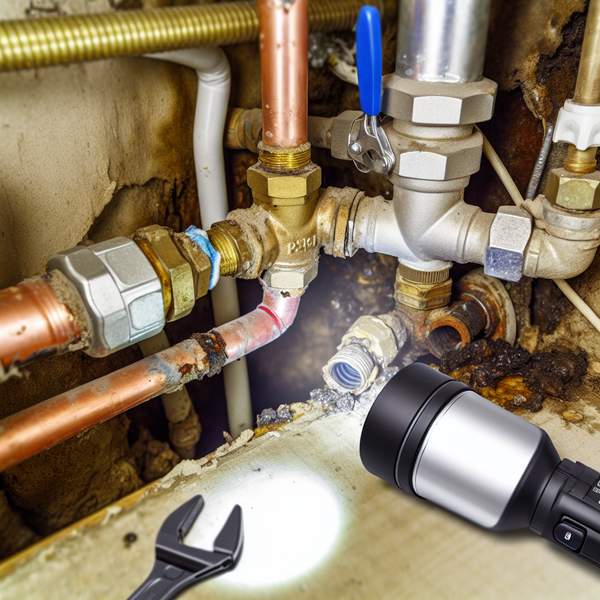Every homeowner has faced the frustration of a leaky faucet or a clogged drain. It’s a common plight, but these water woes can escalate into more significant issues if not addressed promptly. Understanding the basics of plumbing problems can save homeowners time, money, and inconvenience. As a seasoned home inspector, I have seen firsthand how minor plumbing issues, if left unchecked, can lead to substantial damage. Let’s delve into some common plumbing puzzles and how to solve them efficiently.
Dripping Faucets: The Culprit Behind Water Waste
Dripping faucets are not just an annoyance; they can waste hundreds of gallons of water annually. The most common cause is a worn-out washer or seal, which can be easily replaced. When tackling this issue, homeowners should:
- Turn off the water supply to avoid further leaks.
- Disassemble the faucet to locate the worn washer.
- Replace the washer with one of the same size and material, paying attention to the manufacturer’s specifications.
Regularly checking and maintaining faucet components can prevent future leaks, saving both water and money.
Clogged Drains: A Recipe for Disaster
Clogged drains are a prevalent issue that can lead to slow water drainage and potential pipe damage. Often caused by a buildup of hair, grease, or soap, these clogs can be mitigated by:
- Using a drain screen to catch debris before it enters the pipes.
- Regularly cleaning the drain with a mixture of baking soda and vinegar.
- Avoiding the use of chemical drain cleaners, which can damage pipes over time.
For persistent clogs, it may be necessary to snake the drain or consult with a plumbing professional to ensure a thorough solution.
Running Toilets: A Silent Water Thief
A running toilet can waste up to 200 gallons of water daily. This issue is often due to a faulty flapper valve or fill valve. Homeowners can address this by:
- Checking the flapper valve for wear and replacing it if necessary.
- Adjusting the fill valve to ensure the tank fills to the correct level.
- Inspecting the float arm to ensure it is not obstructed.
Regular maintenance of toilet components can prevent excessive water waste and reduce utility bills.
In summary, addressing plumbing puzzles like dripping faucets, clogged drains, and running toilets promptly can prevent more significant problems down the line. While DIY solutions can be effective, complex issues may require the expertise of a professional. Regular home inspections can identify potential plumbing issues before they become costly repairs, ensuring peace of mind and preserving the value of your home.

